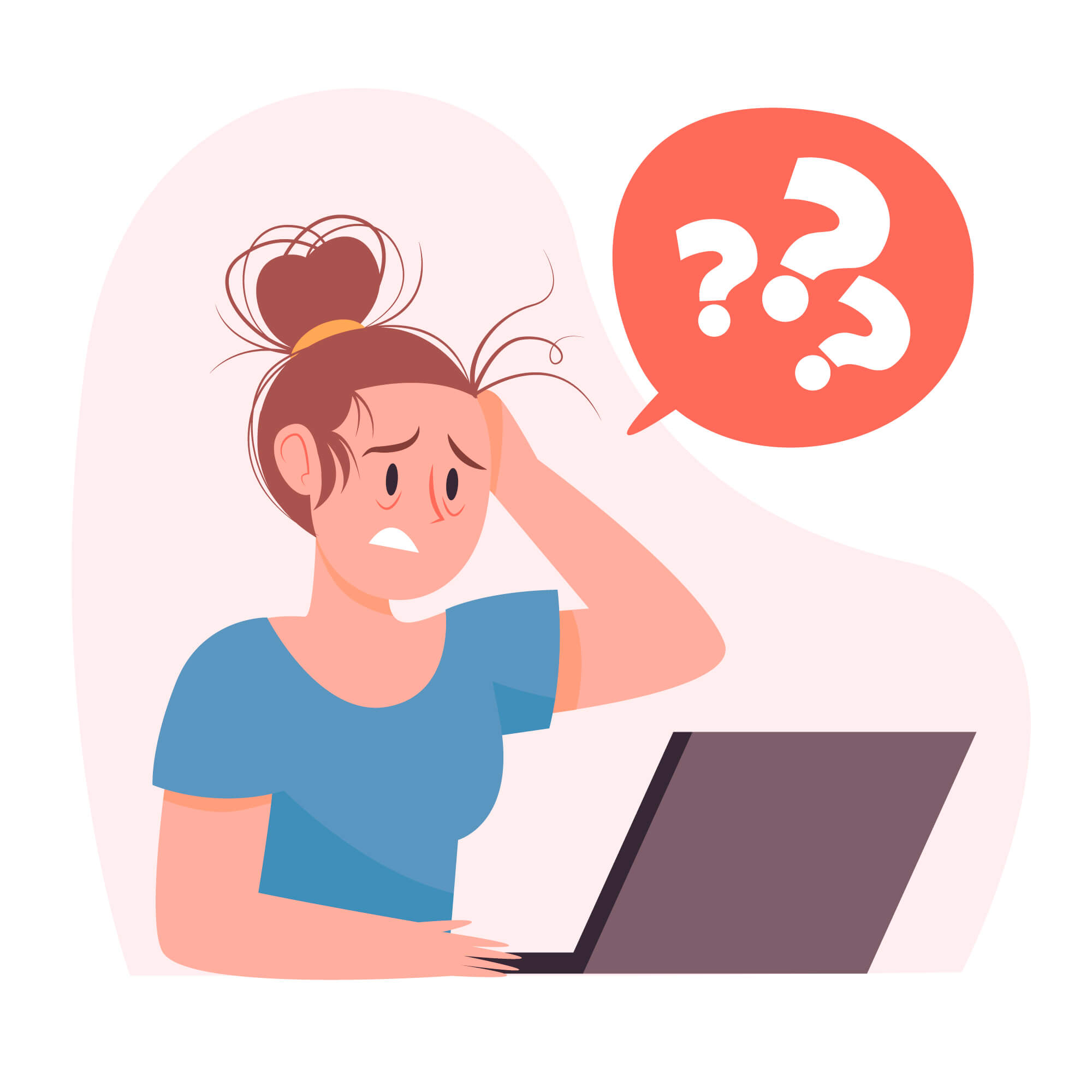


Most people think downloading files from the internet is a dangerous thing. But the reality is you can face online attacks even just by clicking or opening some links, which could leak personal information. There are a lot of such attacks hidden on the internet, especially on poorly designed websites with weak security. So you should be careful while visiting any website, unsecured or not, and be aware of the potential risks. This is why web design goes beyond aesthetics; it also incorporates security best practices to protect users.
A website is considered secure when it is built by employing encryption and security measures to protect the data exchanged between the website and its visitors and avoid unauthorized access. A secure website connection can be identified through the URL given in the address bar of the browser. If the URL is provided with “HTTPS” protocol indicates that the website is secure. Secure Socket Layer (SSL) certificates are used by secure websites to verify the authenticity.
Cybercriminals could easily access personal data like bank accounts, credit cards other financial details from an unsecured web. They might use it to do identity theft and unauthorized transactions from the account may lead to huge money loss. It becomes difficult to recover the lost amount.
Identity theft is when someone uses personal data like name, social security number, and date of birth. Cybercriminals might do various fraudulent financial activities like taking loans, and opening credit accounts on your behalf which will affect your credit history.
Hackers can redirect connections to any website they wish to in an unencrypted website. Visiting an unsecured website may result in redirecting to other websites unintentionally. It becomes severe when redirection is to dangerous sites where malware gets automatically installed in the device. Some consequences faced by redirecting to malicious sites are the following:
Malware like computer viruses, worms, Trojan horses, etc. can steal your personal information, hijack computer functions, corrupt and delete files, and cause other damage.
Phishing attacks occur by stealing personal information like passwords, logins, credit card numbers, and bank accounts when redirected to fake websites that look similar to the original.
There are high chances of an increase in infections like viruses which will spread from one device to other devices on the network.
Malware like adware automatically displays unwanted pop-up ads that redirect users to malicious sites. This can be irritating and also slows down the device-interfering internet experience.
Cybercriminals or hackers use this technique to secretly intercept, delete, or edit data sent over a network. They access data like login credentials, passwords, credit card details, emails, etc from unsecured internet connections while the data is transferred from one device to another. Eavesdropping occurs when someone listens to private communications without their knowledge. Sniffing or snooping attack is done by gathering and analyzing all data passing through a network.
The man-in-the-middle attack is a cyber attack where the attacker secretly interrupts the communication between two parties and manipulates the data in real-time. They place themselves in the middle steal the information by pretending to be legitimate participants and send malicious links to the legitimate participants that could only be determined later. MitM attacks harm individual users and organizations by direct data leakage. Organizations may result in financial loss and other consequences like reputational damage.
